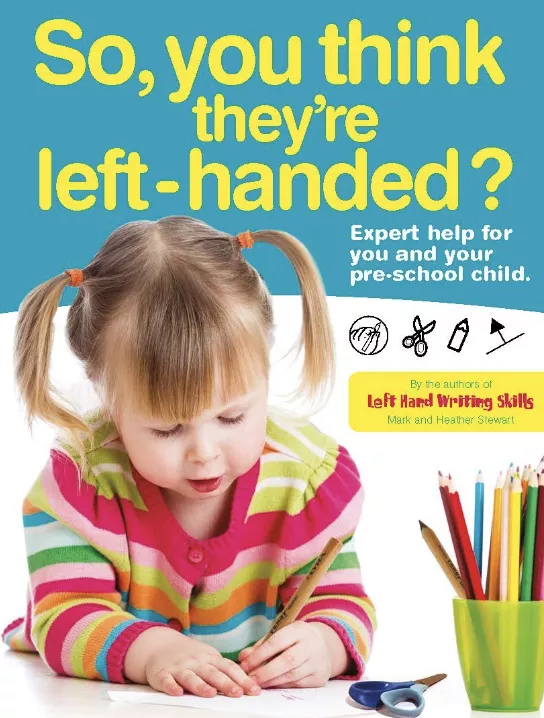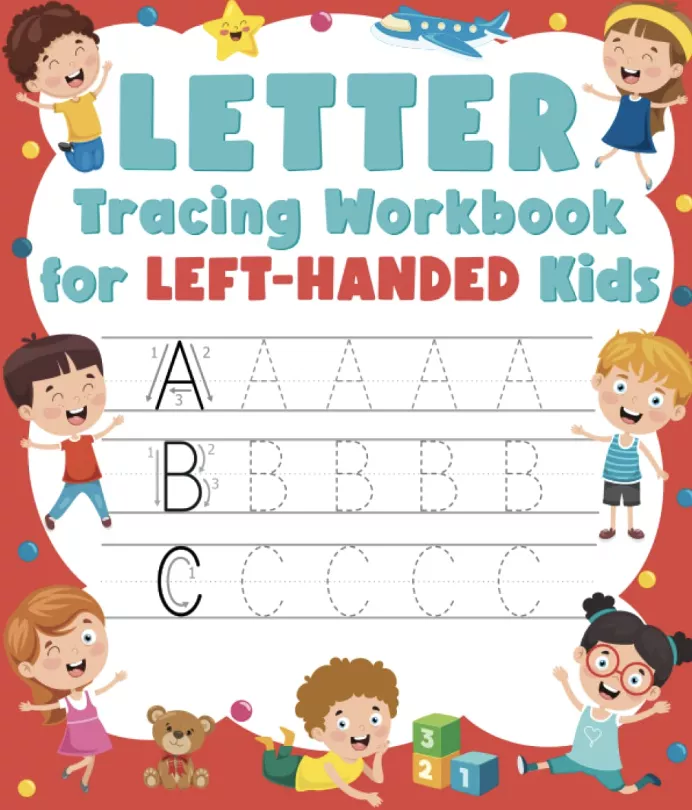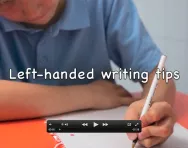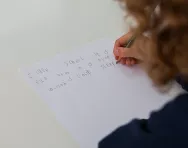TheSchoolRun.com closure date
As we informed you a few months ago, TheSchoolRun has had to make the difficult decision to close due to financial pressures and the company has now ceased trading. We had hoped to keep our content available through a partnership with another educational provider, but this provider has since withdrawn from the agreement.
As a result, we now have to permanently close TheSchoolRun.com. However, to give subscribers time to download any content they’d like to keep, we will keep the website open until 31st July 2025. After this date, the site will be taken down and there will be no further access to any resources. We strongly encourage you to download and save any resources you think you may want to use in the future.
In particular, we suggest downloading:
- Learning packs
- All the worksheets from the 11+ programme, if you are following this with your child
- Complete Learning Journey programmes (the packs below include all 40 worksheets for each programme)
You should already have received 16 primary school eBooks (worth £108.84) to download and keep. If you haven’t received these, please contact us at [email protected] before 31st July 2025, and we will send them to you.
We are very sorry that there is no way to continue offering access to resources and sincerely apologise for the inconvenience caused.
Is your child left-handed (and does it matter)?
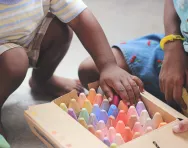
Why are some children left-handed?
Although research still isn’t sure why some children are born left-handed, it's thought that genetics could play a part (which fits with my family as my mum was left-handed too). Interestingly, the percentage of left-handers is consistent across different countries, averaging around 10-12% of the population.
It can appear very early, with ultrasounds of babies showing a distinct preference for thumb-sucking on one hand even in the womb, but it usually becomes clear which hand is dominant at around two-three years.
To find your child’s dominant side look for:
- Which hand they pick up a spoon to eat with.
- Which foot they use to kick a ball.
- You can also give them a cardboard toilet roll tube and ask them to look through – the eye they place it to is likely to be their leading side.
Challenges at school for left-handers
Thankfully, unlike in the 1950s, schools no longer try to get all children to write with their right hand. However, although the stigma’s gone, left-handed children do face some practical problems.
The hardest of these is writing. As writing runs from left to right, a left-handed child often has to twist or ‘crab’ their hand to write without smudging and can also sometimes start at the wrong side of the page or even write back to front (‘mirror’ writing).
Additionally, many items at school are designed for right-handed use – scissors being a major problem, but notebooks, pencil sharpeners and even room layout can all make life slower and more inconvenient. (My daughter said classmates used to get cross with her when she’d bump elbows with them writing and it made her feel clumsy.)
These daily challenges can leave a left-handed child struggling to do things their right-handed classmates find easy and lead to issues with confidence.
Expert Mark Stewart founded Left ‘n’ Write with wife Heather in 1992 after discovering a lack of support for his left-handed son, Robert. He describes finding all the other children’s pictures on the classroom wall apart from his son’s, who was still cutting out his work with right-handed scissors.
He says, “Having things like this happen daily leads a child to believe there’s something wrong with them and can have a serious effect on their self-esteem. Talk to your child and see the world through their eyes and always tell them they’re special.”
“It is a very right-handed world, but once you understand and appreciate the potential problems and difficulties your child has and how simple it is to sort out, it can have such a positive effect.”
Things you can do to help
Firstly, and most importantly, left-handers can be taught some special techniques to make it easier to write without strain or smudging. As well as books and courses like Mark’s, have a look at our quick guide.
Secondly, there are simple tools you can buy to make life easier. Proper left-handed scissors are a must and left-handed pens and pencils that have special grips can be useful too (Mark recommends Stabilo). In the early years, a left-handed pencil sharpener is handy and for older left-handers, rulers and a specially-designed computer mouse can help – you can change the button settings on their computer to suit too.
Schools can play their part by sitting lefties on the left and angling their paper to stop elbows clashing or putting art and craft desks opposite each other so children can mirror each other’s actions.
Other simple things, like giving extra help to left-handers with tying shoelaces, breaking it down into stages, or even finding somebody left-handed to demonstrate it, all make a big difference.
Mark says, “The most important thing is to be proactive and find out more about left-handedness – engage with the school and explain to them what your child’s needs are. Remember, there are always ways to work to make things easier – so just go for it!”
Handwriting tips for left-handers
Position your paper correctly
Place paper slightly to the left and angled downwards making it easier to see the pencil as you write.
Hold your pencil correctly
Pinch the shaft of the pencil about 1.5cm from the tip. This helps stop your hand covering up the writing.
Keep the paper steady
Place your right hand flat on the right-hand side of your paper to stop it moving as you write.
Keep your wrist below the line
Keep the pencil on the line with your wrist below. This reduces arm strain, stops smudging and makes it easier to see what you’re writing.
Use a dot
Putting a dot at the top left of the line reminds you which side to start your writing from.
Benefits of being left-handed
As well as challenges, left handedness has its benefits. Left-handed children often find they have an advantage in a range of sports, from tennis to football. This means that they can surprise right-handed players who are less used to playing against left-handed opponents.
Research also suggests that using the right-hand side of the brain, as left-handed children do, leads to greater creativity in music and the arts – with many famous musical left-handers including David Bowie and The Beatles’ Paul McCartney.
Playing some musical instruments can be difficult, especially with classical bowed instruments such as the violin, but many can be played double handed (drums, piano, etc) so just experiment and see what suits your child best.
